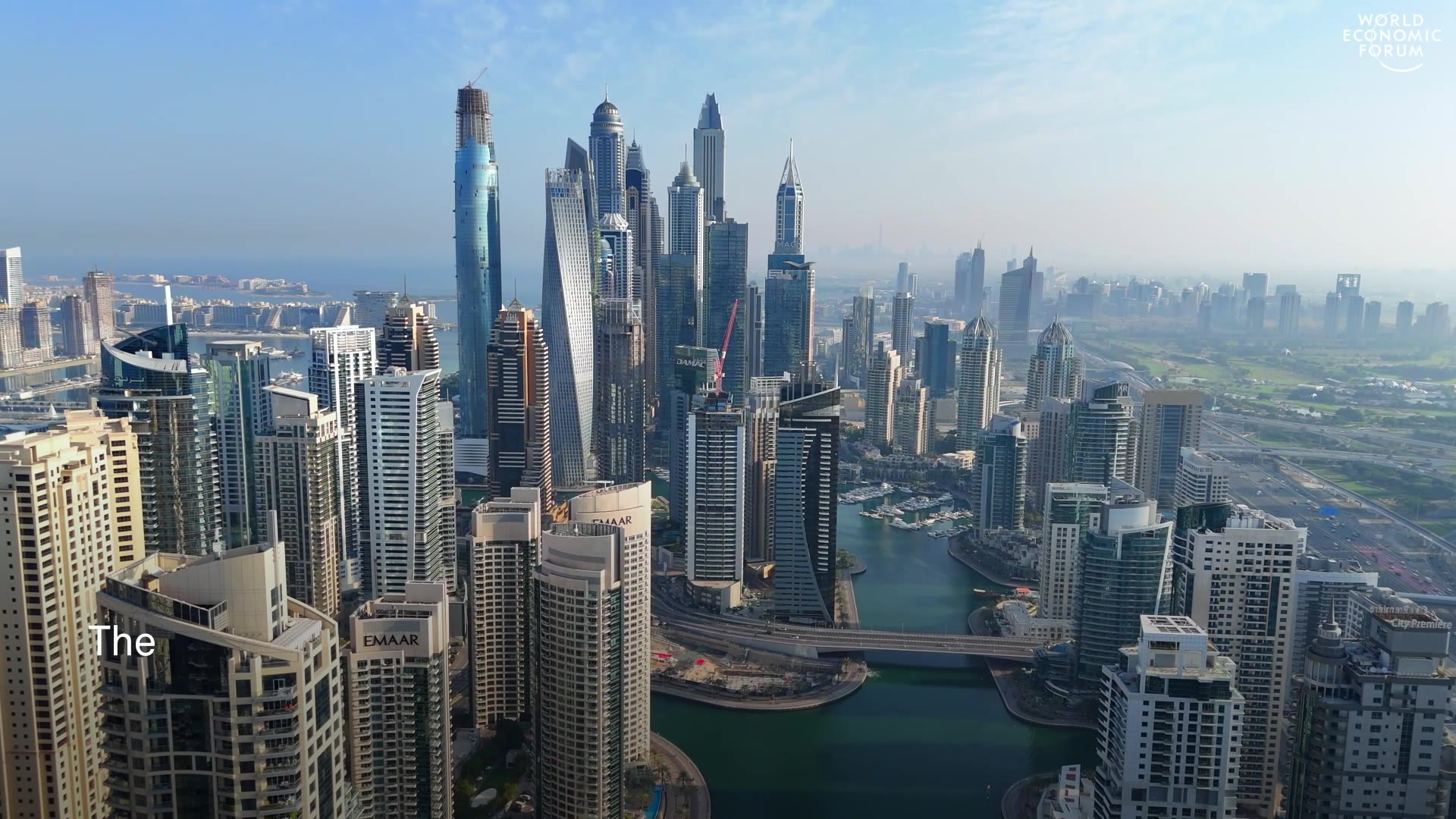What is ISIS-K, the group that claimed the Kabul airport attack?

13 people were killed in the attack on Kabul airport. Image: Reuters/Maxar Technologies

Get involved with our crowdsourced digital platform to deliver impact at scale
Stay up to date:
Geopolitics
- U.S. officials believe that the Afghan affiliate of Islamic State was behind suspected suicide bomb attacks outside Kabul airport that killed at least 85 people.
- Experts believe the group was founded by hardline elements of the Pakistani Taliban who fled into Afghanistan when Pakistan security forces cracked down on them.
- ISIS-K has fought both the Western-backed government and the Taliban, but its precise operational connection with the main Islamic State movement in Iraq and Syria remains uncertain.
Following are some facts about the Afghan affiliate of Islamic State, which U.S. officials believe was behind suspected suicide bomb attacks outside Kabul airport that killed at least 85 people:
Islamic State Khorasan (ISIS-K), named after an old term for the region, first appeared in eastern Afghanistan in late 2014 and quickly established a reputation for extreme brutality.
Some experts on Islamist militancy in the region say it was founded by hardline elements of the Pakistani Taliban who fled into Afghanistan when Pakistan security forces cracked down on them.
From the beginning, the hardline Sunni Muslim group generally known as Daesh challenged the Taliban for control of key areas on the border with Pakistan associated with smuggling of narcotics and other commodities.
At the same time, it also carried out a series of suicide bombings in Kabul and other cities against both government and foreign military targets, apparently aimed at establishing its credentials as a more violent and extreme militant movement.
Its attacks ranged from the brutal executions of village elders to the killings of Red Cross workers and suicide attacks on crowds, including a series of bloody suicide operations against targets associated with the Shi'ite minority.
Initially confined to a small number of areas on the border with Pakistan, the group established a second major front in northern provinces including Jawzjan and Faryab. The Combating Terrorism Center at West Point said ISIS-K includes Pakistanis from other militant groups and Uzbek extremists in addition to Afghans.
In April 2017, a U.S. cargo aircraft dropped a 20,000-pound bomb, known as the MOAB (Mother of All Bombs), on a cave complex linked to ISIS-K in Achin district, eastern Afghanistan. It was the largest conventional bomb in the U.S. arsenal.
Have you read?
ISIS-K has fought both the Western-backed government and the Taliban, but its precise operational connection with the main Islamic State movement in Iraq and Syria remains uncertain.
U.S. intelligence officials believe the movement used the instability that led to the collapse of the Western-backed government this month to strengthen its position and step up recruitment of disenfranchised Taliban members.
Among its recent targets was a Sufi mosque, electrical pylons and fuel tankers and Shi'ite bus passengers in Kabul. In addition, U.S. officials believe an attack on a girls school for the mainly Shi'ite Hazara minority was the work of ISIS-K.
Don't miss any update on this topic
Create a free account and access your personalized content collection with our latest publications and analyses.
License and Republishing
World Economic Forum articles may be republished in accordance with the Creative Commons Attribution-NonCommercial-NoDerivatives 4.0 International Public License, and in accordance with our Terms of Use.
The views expressed in this article are those of the author alone and not the World Economic Forum.
Related topics:
The Agenda Weekly
A weekly update of the most important issues driving the global agenda
You can unsubscribe at any time using the link in our emails. For more details, review our privacy policy.
More on Geo-Economics and PoliticsSee all
Kiriko Honda
April 25, 2024
Pooja Chhabria and Kate Whiting
April 23, 2024
Robin Pomeroy and Sophia Akram
April 22, 2024
Joe Myers
April 19, 2024
Joe Myers
April 12, 2024







